|
13th May 2022 Friday the 13th! And I'm in Farnborough with work colleagues for some gaming fun. Viva la resistance! Will you overthrow the tyrannical oppressive government or welcome your new overlords? Let the cards decide. Resistance is a hidden role card game that is also the predecessor of Arthurian themed The Resistance: Avalon and as such is mechanically almost identical to that game. In fact The Resistance or at least the basic version of it is actually a simpler game than The Resistance: Avalon. Reading my blog about The Resistance: Avalon will tell you everything you need to know about The Resistance. A full write-up here would be pointless. There's only 1 notable difference: The basic version of The Resistance only has 2 role cards, resistance fighter and spy. Otherwise the games play identically. At the start, each player is given a secret role as a resistance fighter or spy. The key thing here is that the spies know who each other are and are trying to sabotage the missions while the resistance fighters are trying to uncover the spies. The mission leader chooses a team and all players vote on whether to approve or reject that team. When a team is finally chosen, they all go on the mission. This involves the team voting on whether a mission succeeds or not. Resistance fighters must choose to succeed at missions but spies can choose to either succeed or fail. All of these decisions and voting are done in secret and resistance fighter will need to watch the voting, who votes in what and the outcomes of the voting. Spies will need to be patient, revealing their hand too early will flush them out. If by then of the fifth mission, the spies have not sabotaged 3 missions, then the resistance wins. If 3 missions are sabotaged Overall
There's not too much to add here, everything I said about The Resistance: Avalon also applies here, but that was sometime ago and I can't remember exactly what I said. So I'll summarise here. Mechanically, The Resistance is pretty solid with a easily understood set of rules that give opportunities for lying, deception and deduction. There's nothing to fault there. The quality of the game though, comes almost entirely from the participants. Players who love to bluff and mess with other players will revel here and be in their element. Whilst those who aren't fans of this type of game are likely to find it slightly uncomfortable, won't enjoy it and thus probably won't play it as well. So if you're fan of hidden role games and are playing with like-minded people, The Resistance is definitely worth trying.
0 Comments
4th March 2022 It's a Friday and I'm in Farnborough with some workmates for some evening games. The first game of the night is essentially 3 Wise Monkeys: The Game, known as Team3, although I'm not certain any of us are particularly wise? What's in a game?
The blocks are made of sturdy colourfulplastic and feel very tactile, handling and playing them feels quite satisfying. Otherwise, the cards are pretty standard quality. The game's art is monochrome and only appears on the role cards. The 3 illustrations are slightly cartoony looking but also fairly good. Other than the images on the blueprint cards, there's no other iconography in the game. How's it play? Team3 can be played cooperatively as a team if 3 or competitively as 2 teams of 3. The 2 play styles are practically identical, the only real difference being how the blocks are allocated. For the purposes of this blog, I'm going to describe the competitive game and point out how the cooperative game is different. Setup
On to play Both teams play simultaneously and have the objective of putting together their blocks in the shape/configuration shown on the card which was drawn. However, there are some complications to this...
Endgame The team that reaches 6 points first, wins. Although this limit is fairly arbitrary and players can choose whatever score limit they want. Cooperative In the cooperative game, the team gets 3 minutes to complete a blueprint, if they take longer, they fail. 3 minutes might seem a lot, but the 2 and 3 star difficulties get much more complex. Overall
There's little strategy that can be adopted when playing Team3, that's not a criticism though, Team3 is sort of a hyped version of charades that's all about communication and interpretation between teammates. As with actual charades, players will probably very quickly adopt some standard gestures to represent certain things. It's also worth adding that the game comes in 2 versions Green and Pink, which can be combined to support up to 4 teams of 3 players. There's not much more to say about the Team3 really. It's a light party game that is easy to learn and will have a lot of crossover appeal, it's not something to be taken seriously. If you looking for deep gameplay, look elsewhere. With the right people though, Team3 can be a fun diversion or a good filler game. 24th November 2019 Sunday at 'The Sovereigns' in Woking continues. The next game was 'Codenames'. I have it on good authority that spies, above all other things, really like having codenames. So it's a good thing that the game 'Codenames' is all about spies. Actually, it's a team based card game about words, but I digress... Whats in a game? blah
How's it play? Codenames requires a bit of setup.
Overall
When describing Codenames I've not really explained the dilemma and challenge facing the spymaster players. The example I used had 'cat', 'pigeon' & 'ant' as all being blue. But in reality, it's more likely that not all of them would be the same colour, 'pigeon' might be red. Now the blue spymaster could simply say, "Animal, two.". But then they run the risk that the team might select 'pigeon' instead of the other choices and if they select the wrong word first, it stops their turn straightaway! So the spymaster has to select clues that don't draw their teammates to the wrong answer. This can be downright tricky. Now the spymaster could play it safe and select, "Meow, one." for 'cat' and use 1 word clues. The problem with playing it safe though, is that it probably won't win you the game unless you're already ahead. So doing 2 or 3 word clues can be a good way of getting ahead. The same principle applies to the other team members. When the spymaster gives you a clue for 3 words, managing to find all of them grants the team a good advantage. But getting wrong can prove a bad thing. It's a good implementation of a 'risk/reward' mechanic. A successful risk pays off and a unsuccessful risk penalises. There's only one small drawback to Codenames and that is that it basically needs at least 4 players to play and ideally even numbers of players too. The game goes up to 8 players, but I can't see a reason why team size should be limited to 4 (Other than it takes a longer to come to a consensus with bigger teams!). Codenames is easy enough to learn to be a 'crossover' game and has a high replay value. It's probably a bit too long for a filler game, but makes an excellent party game. Particularly when with larger groups and/or family members. |
AuthorI play, I paint. Archives
March 2024
Categories
All
|

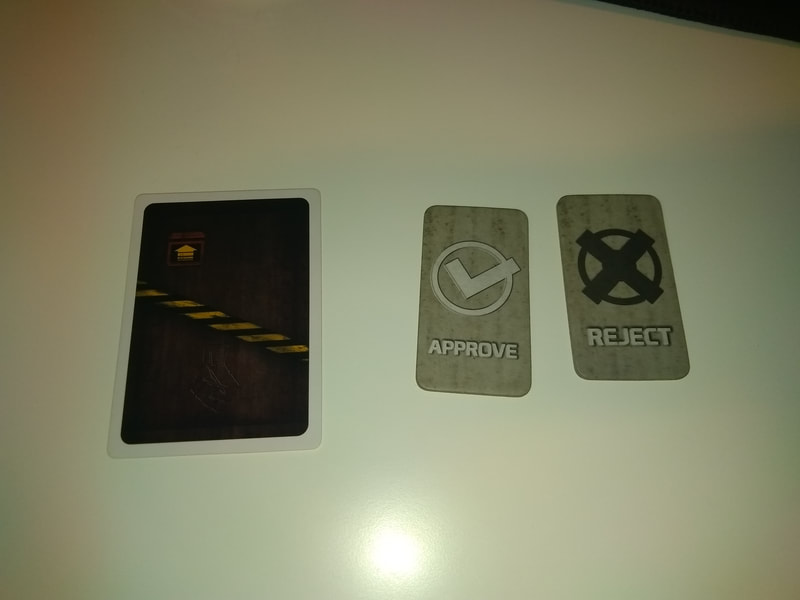
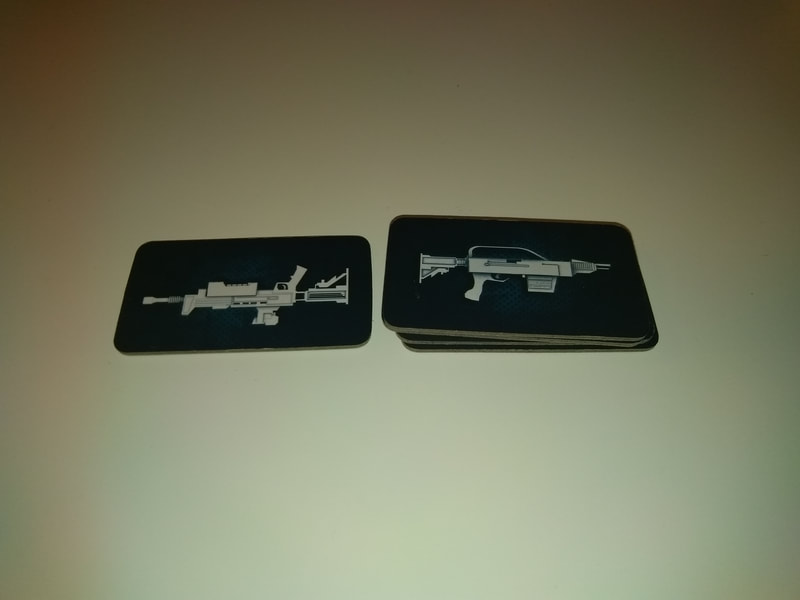
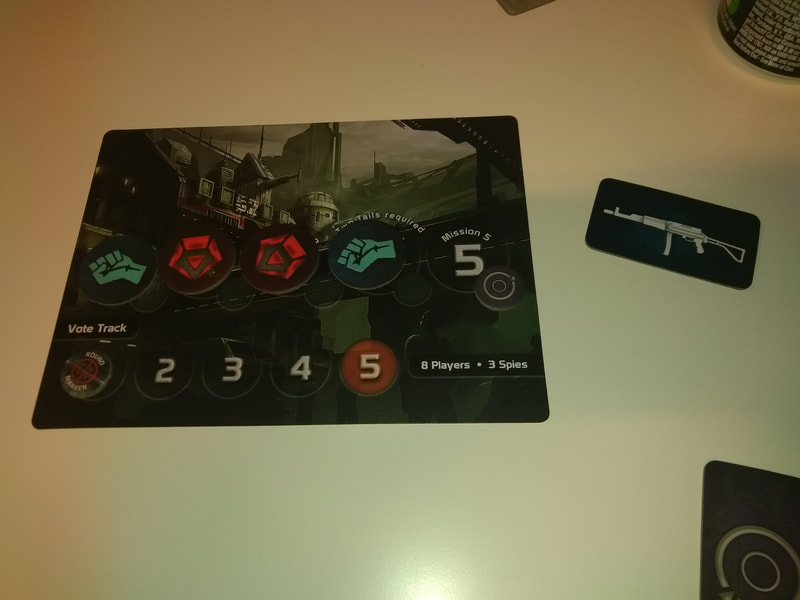
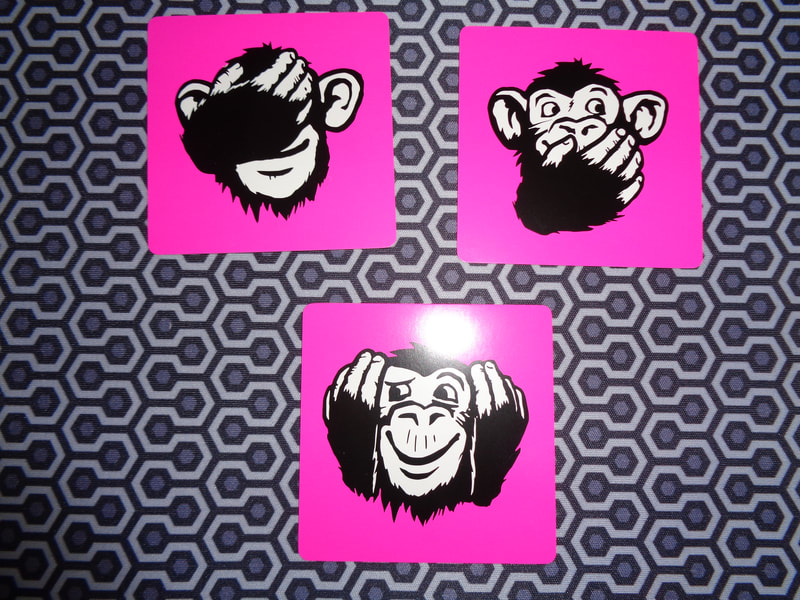
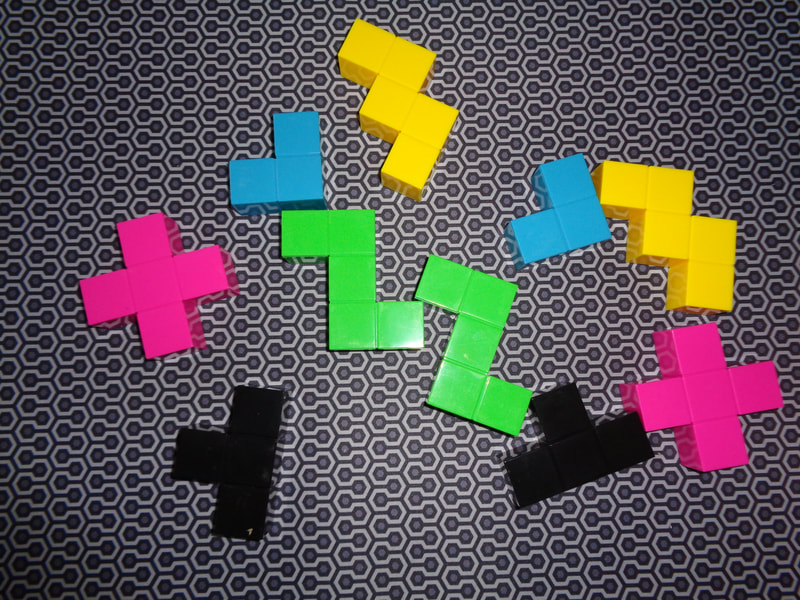
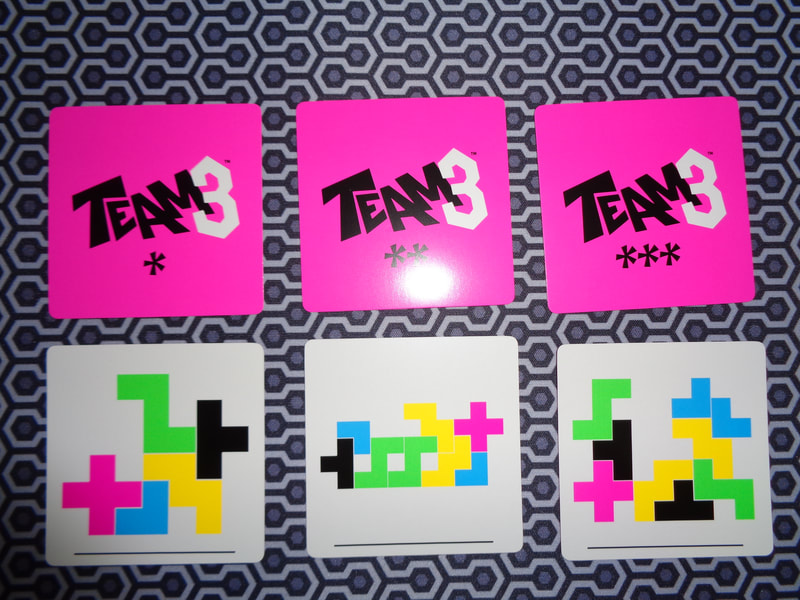
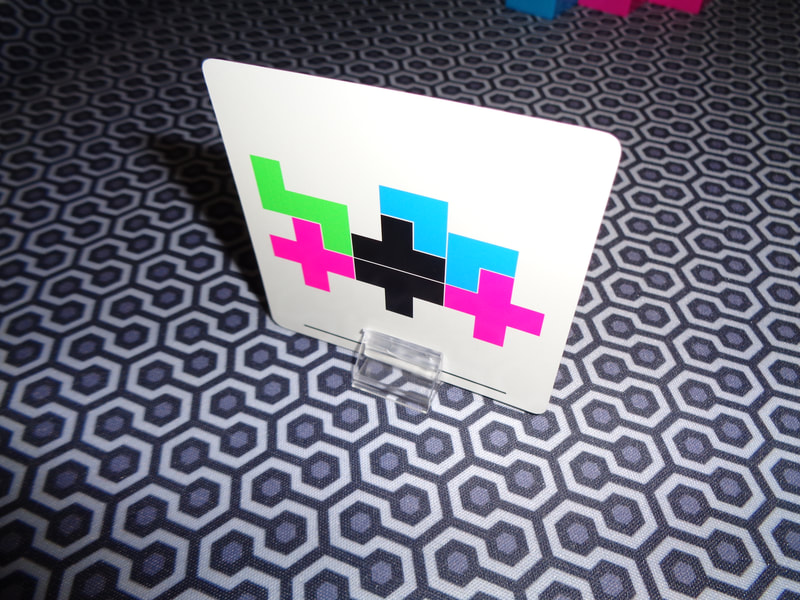
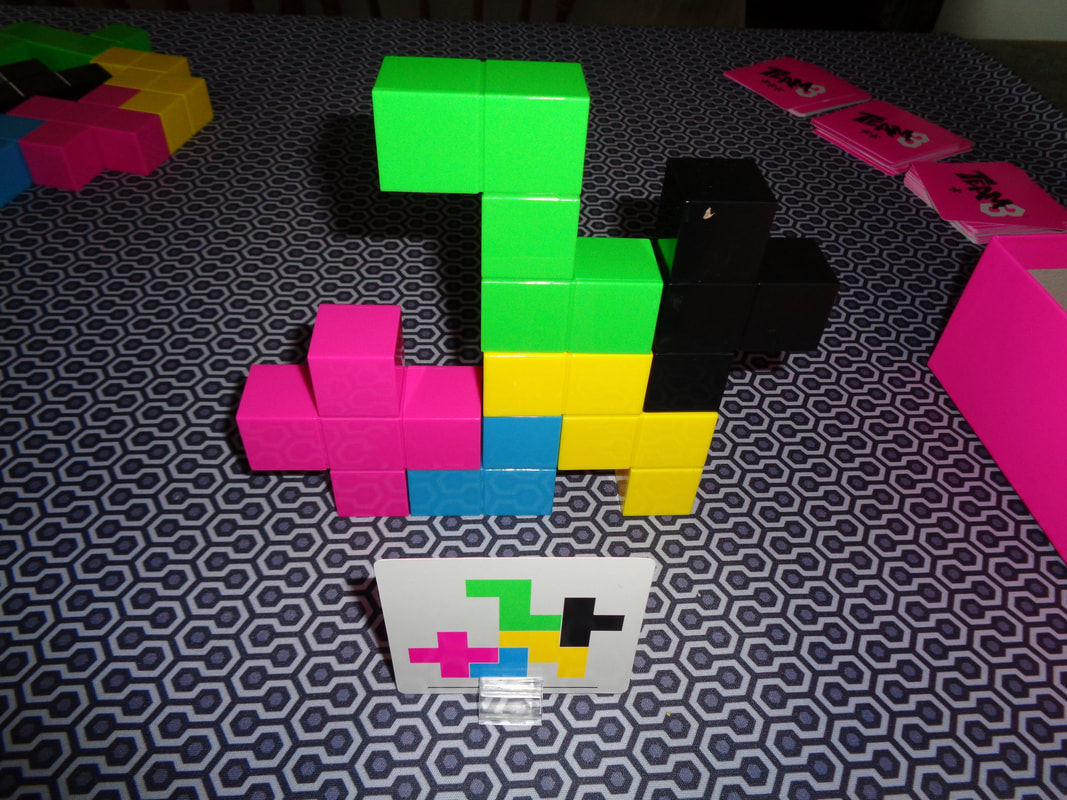
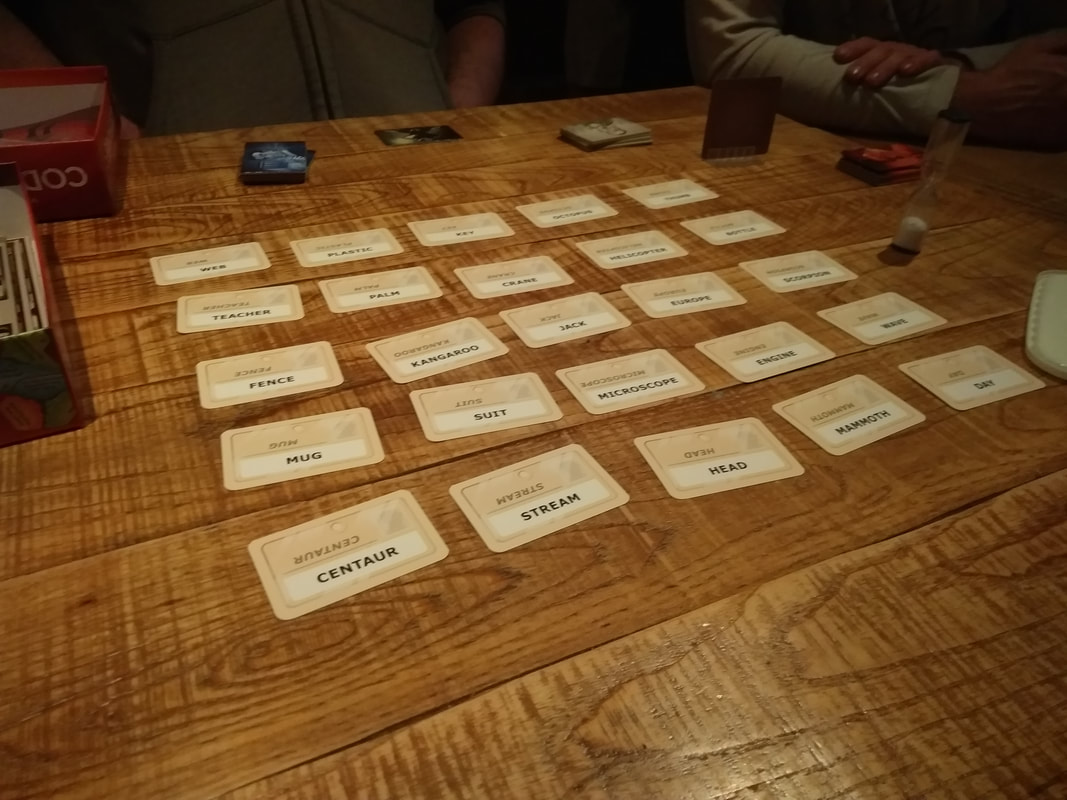
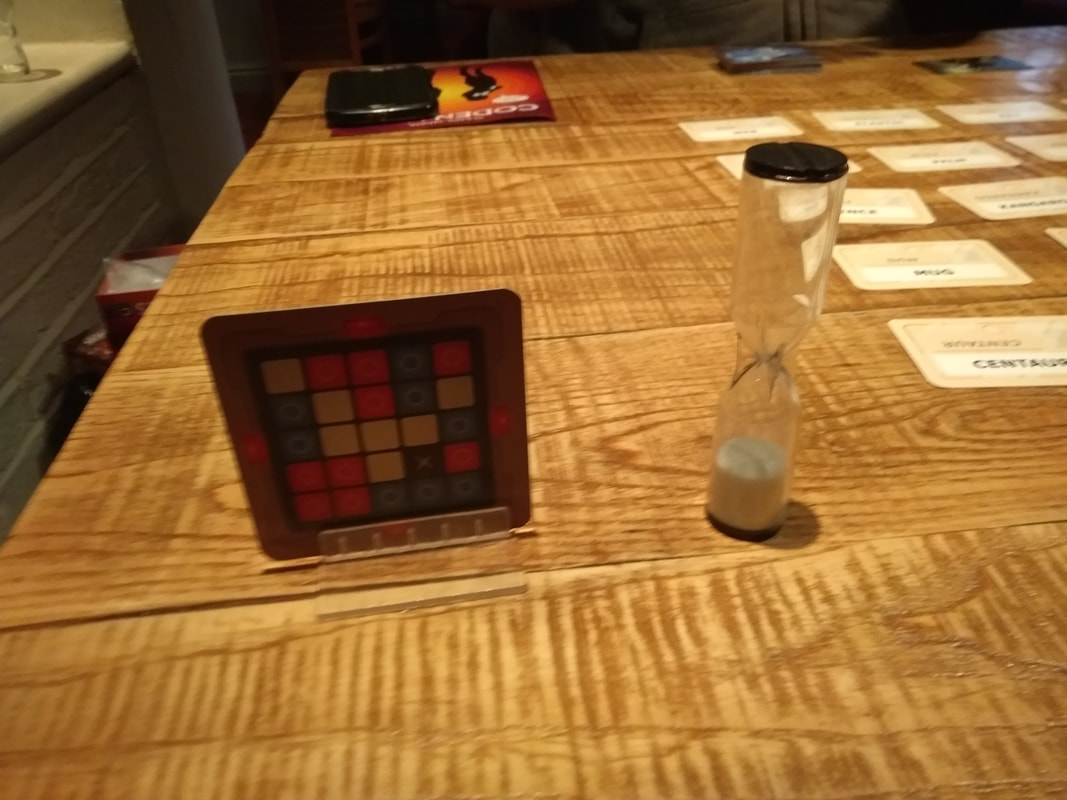
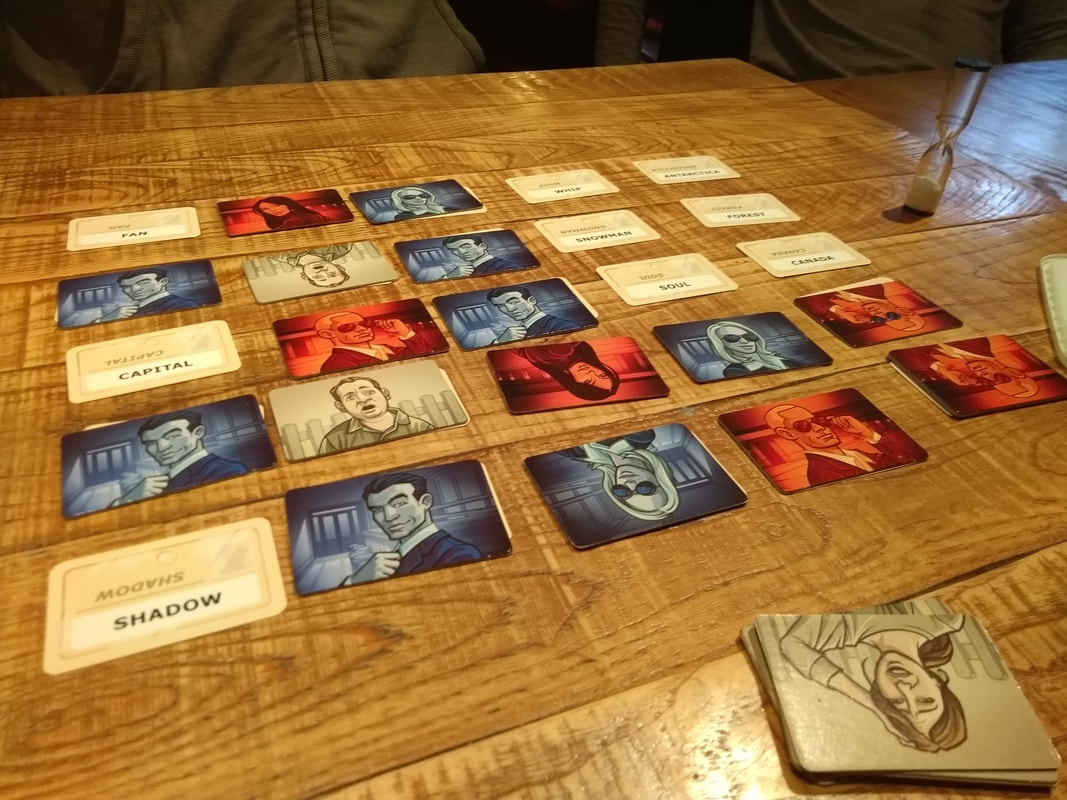
 RSS Feed
RSS Feed
